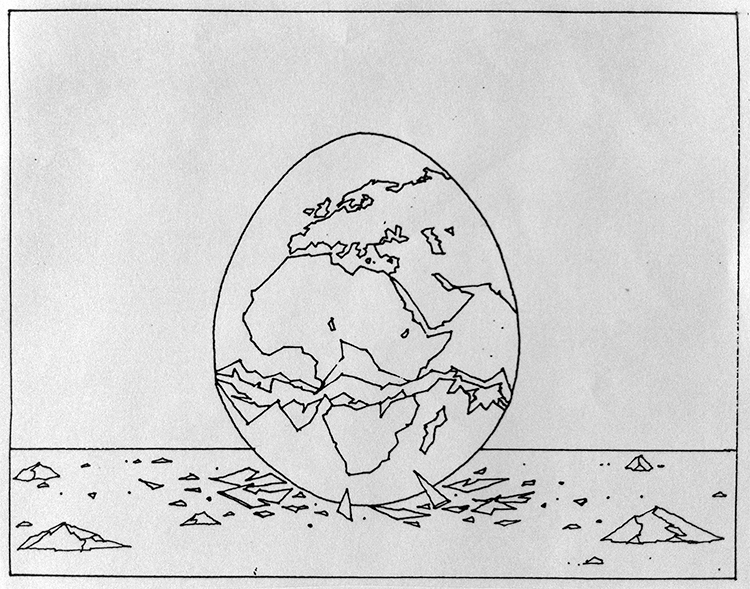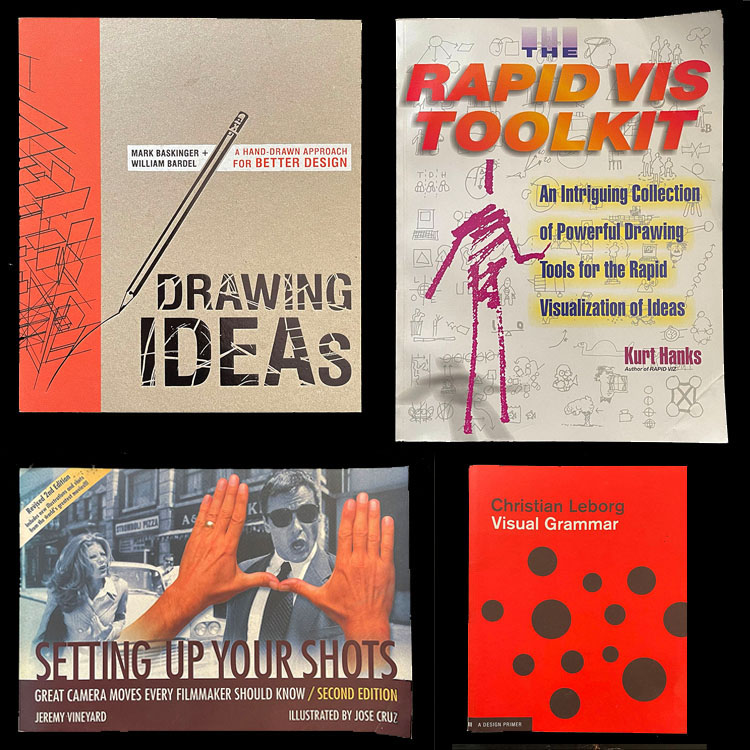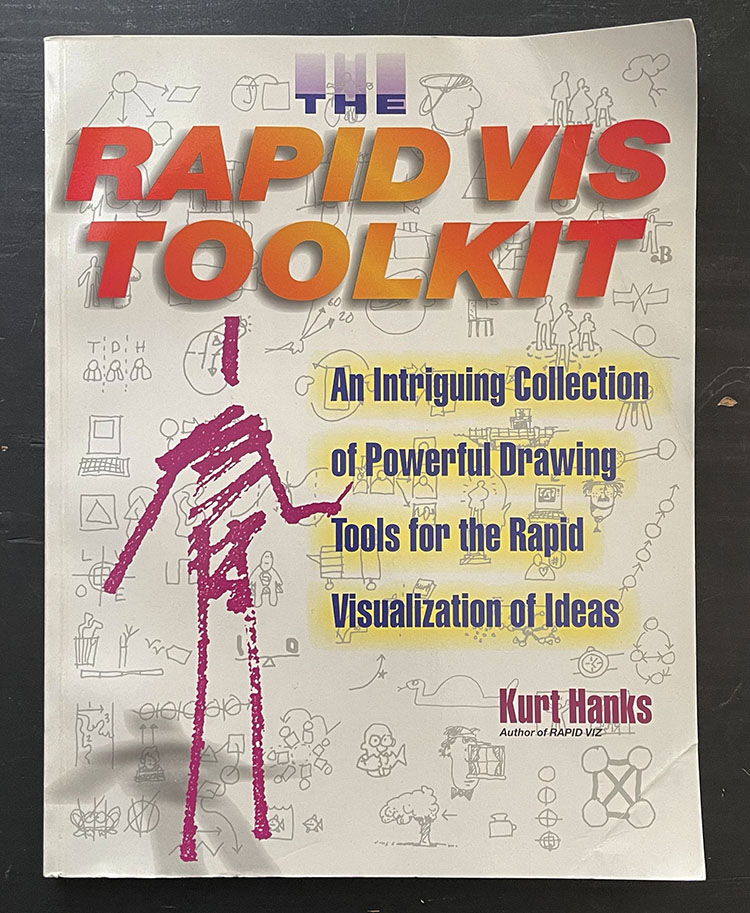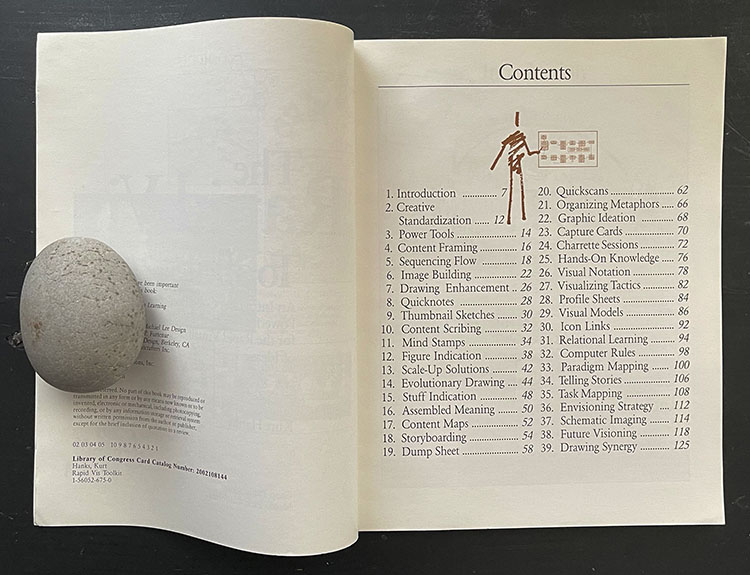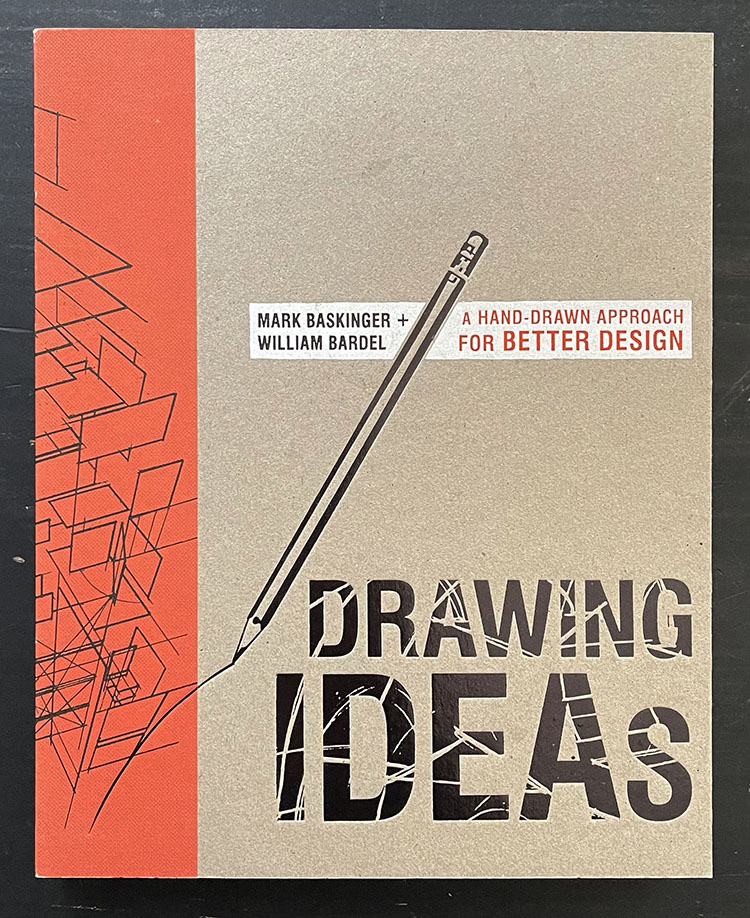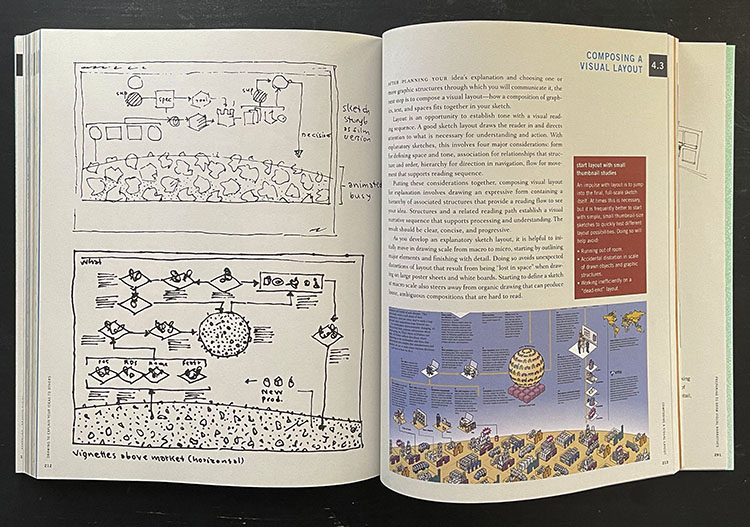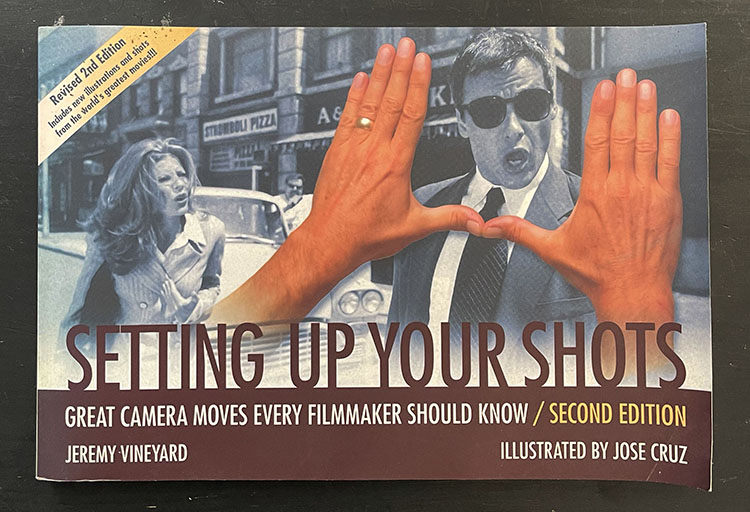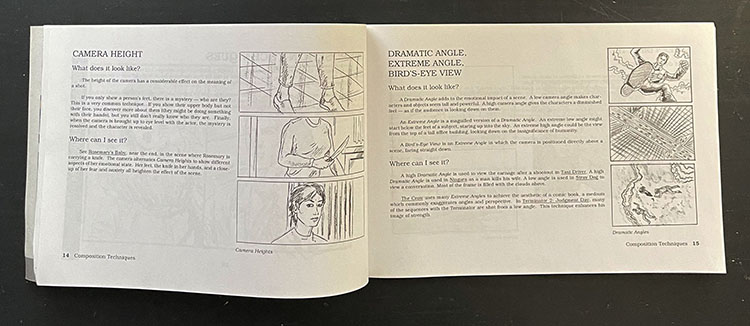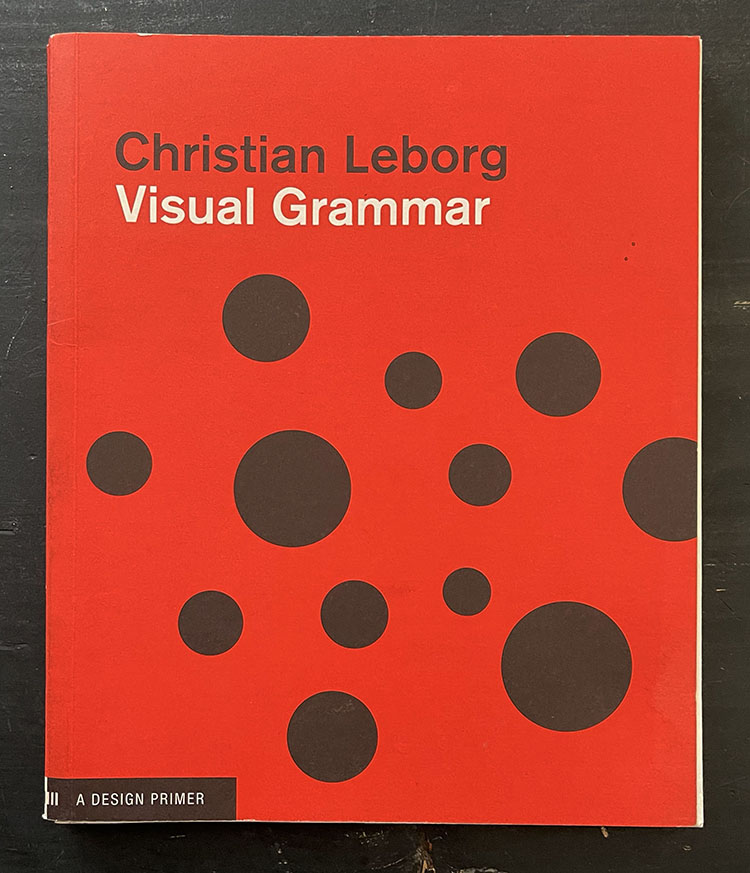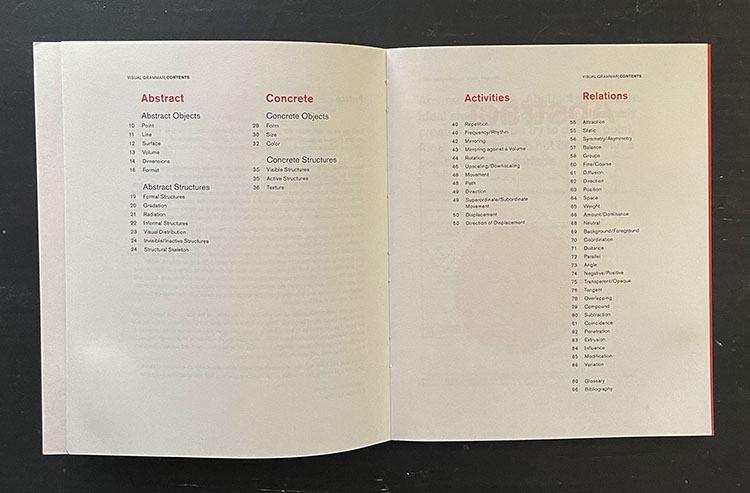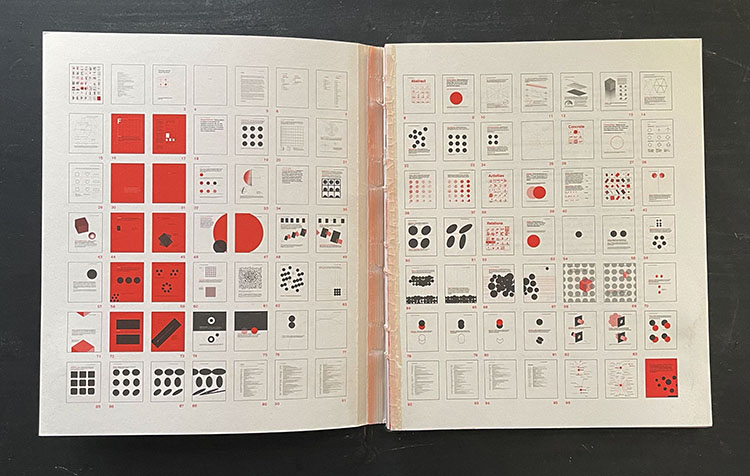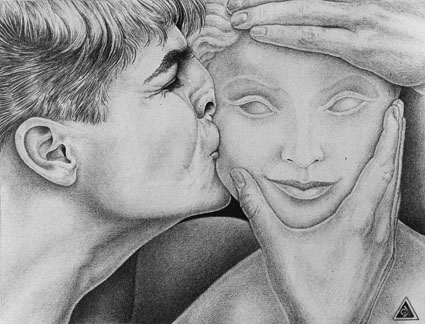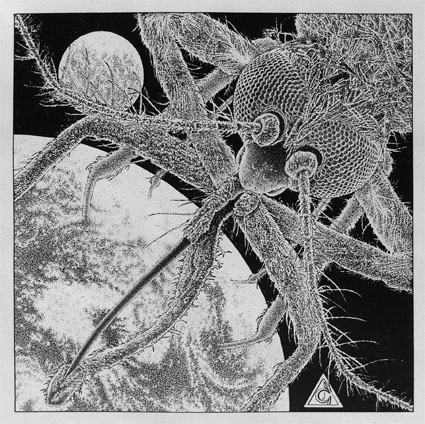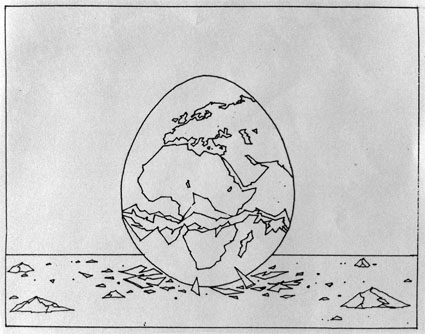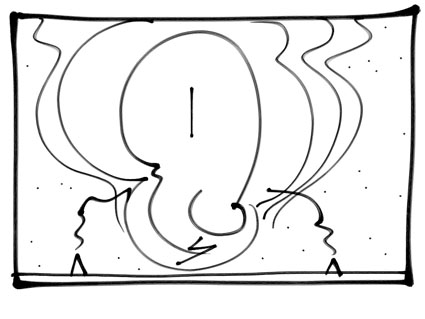4 Reasons Photographers Should Draw More Often
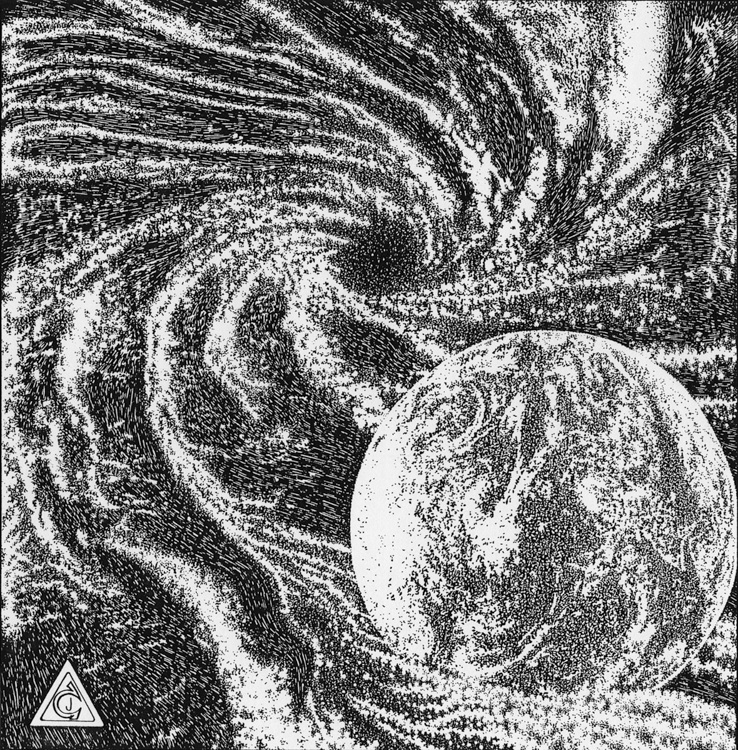
This drawing is beautifully rendered but drawing like this is an inefficient way to capture an idea.
Think of the difference between notes and finished pieces of writing. Both kinds of writing are useful. One kind of writing might even lead to the other. You don’t spend as much time choosing the words you put on a post-it note as you do the words in a job application. One kind of writing might even lead to the other. Because they take less time and skill, you make a lot more notes than you do finished pieces of writing.
Can you draw? Note that I didn’t ask you can you make drawings that look pretty. So if little kids can draw, then so can you! Think of these types of drawing (sketches, doodles, cartoons) as notes that require very little drawing skill. They’re most useful when you keep them simple. Their value is not as aesthetic objects but in the quality of thought they contain. But why would you want to? Let me count the ways.
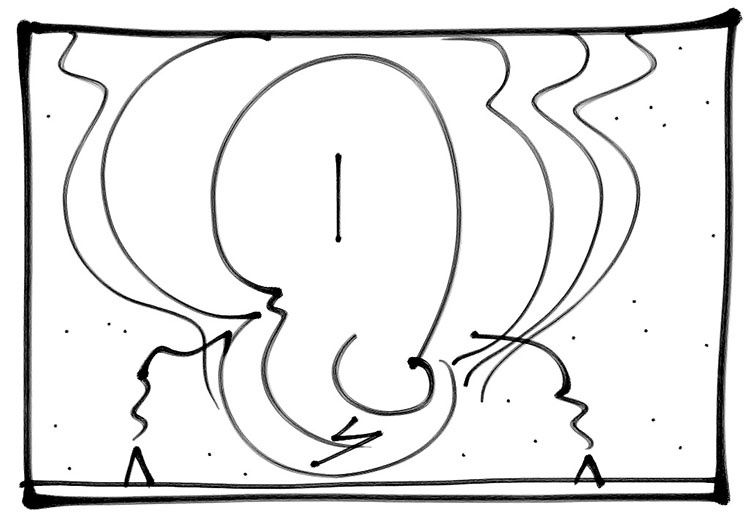
1
Imagine The Possibilities
Draw when you can’t get there from here or you can only imagine it.
(I could have recorded the idea with words but this simple image is much more specific.)
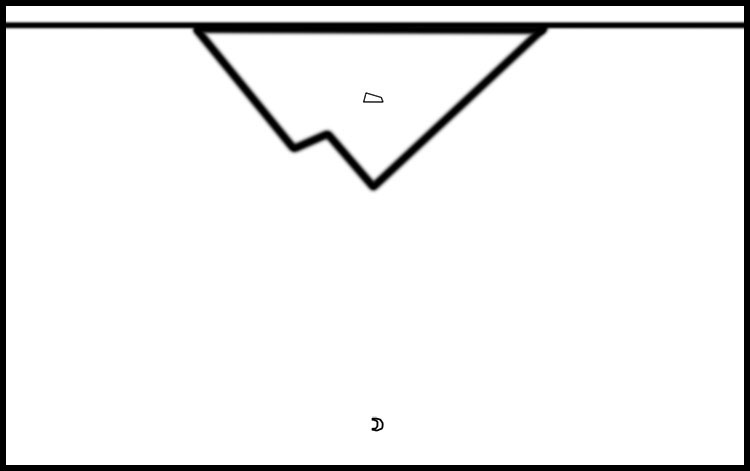
2
Capture The Idea In What’s Picture Imperfect
Draw when what you see isn’t picture perfect but you want to remember the idea.
(I saw this type of image many times before I encountered it with calm water and unbroken reflections.)
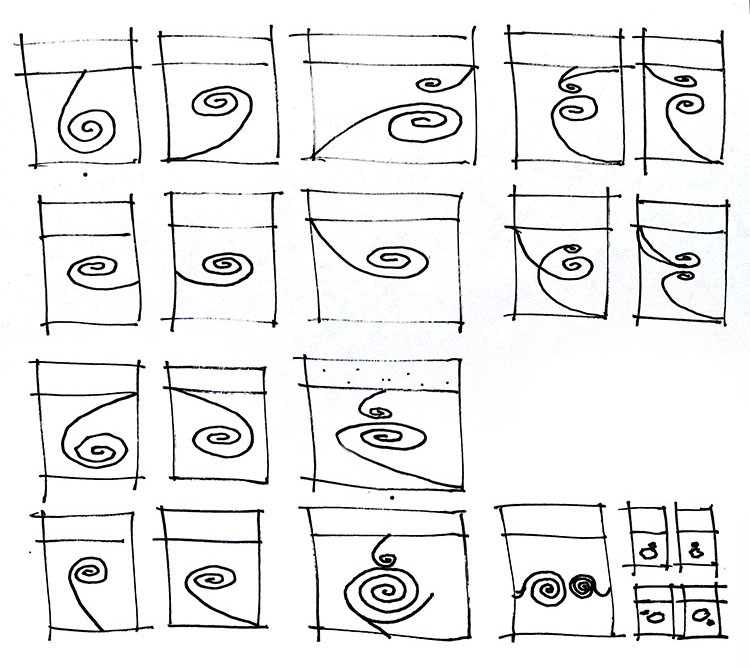 3
3
Identify Possible Variations
Draw when you want to figure out new variations of the same idea.
(Drawing helped me find the idea of not just one but two spirals.)
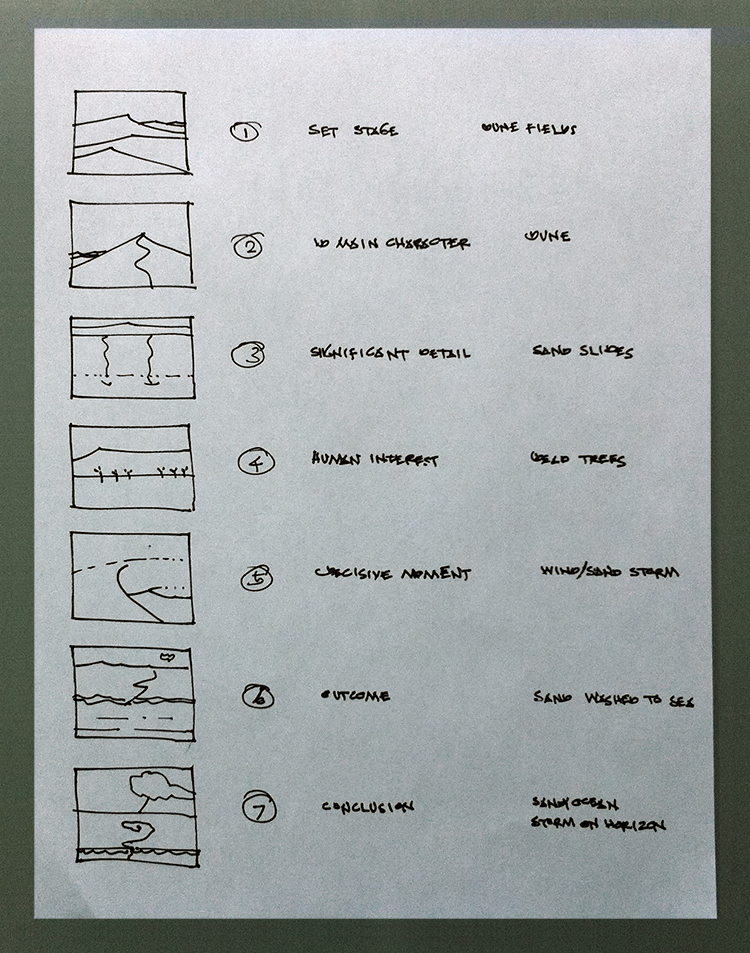
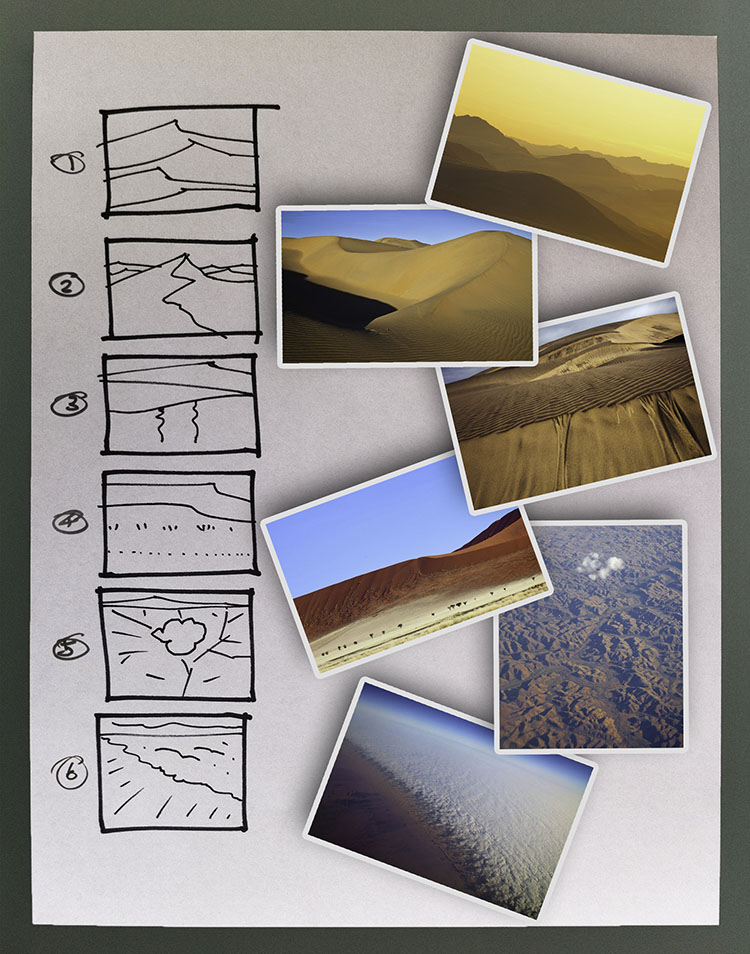
4
Structure Stories With Storyboards
Draw when you start a project and you want to figure out which shots you need to complete it.
(Storyboards are what great movie directors like Hitchcock and Spielberg use.)
Read more on Drawing here.


